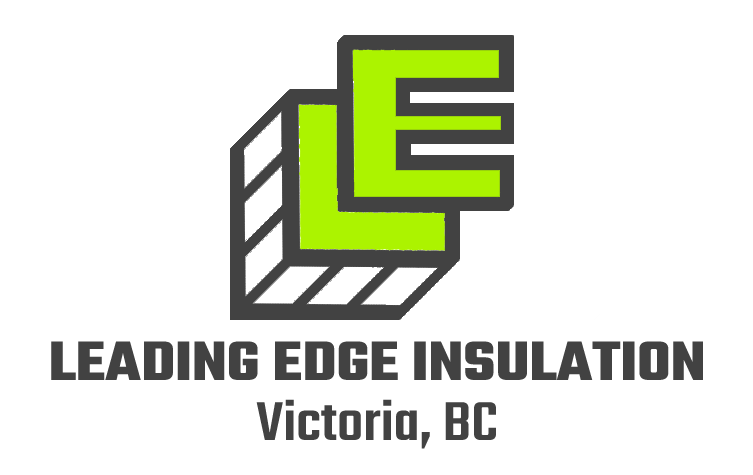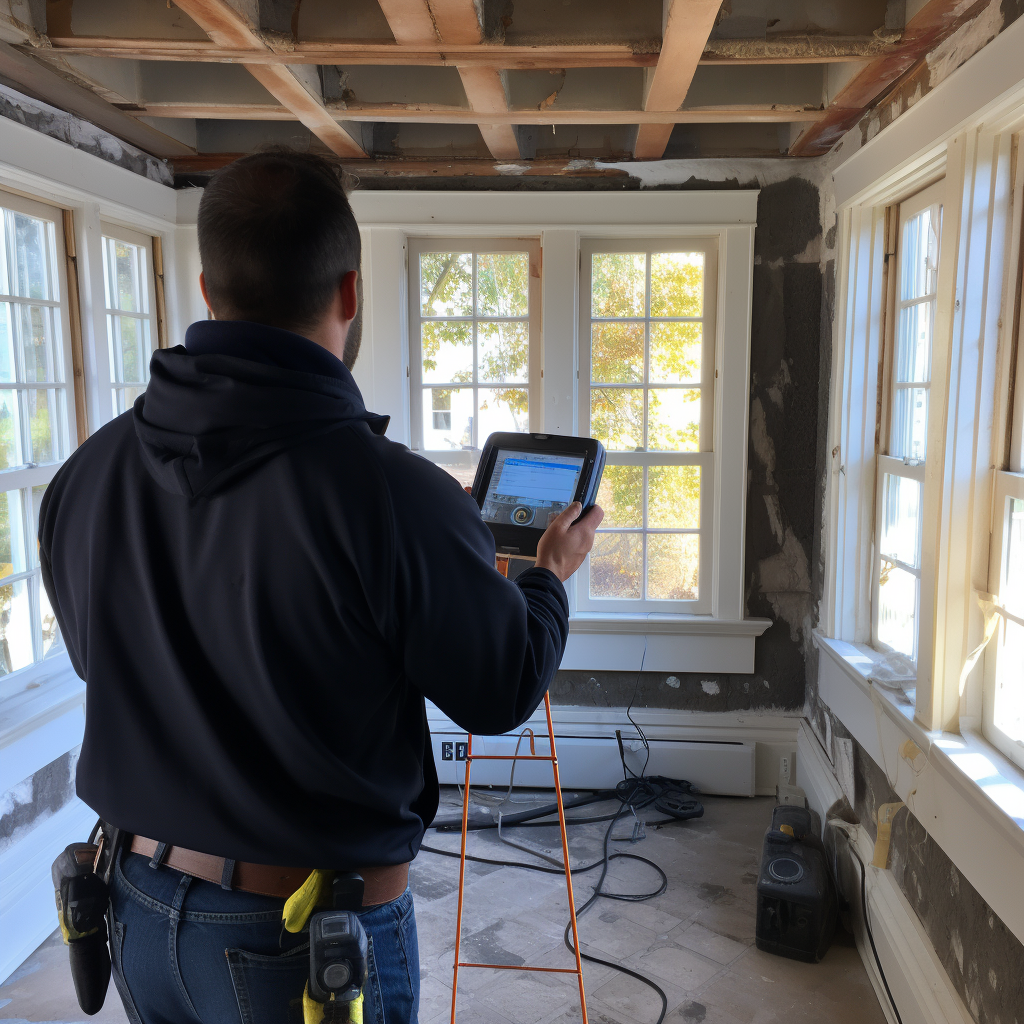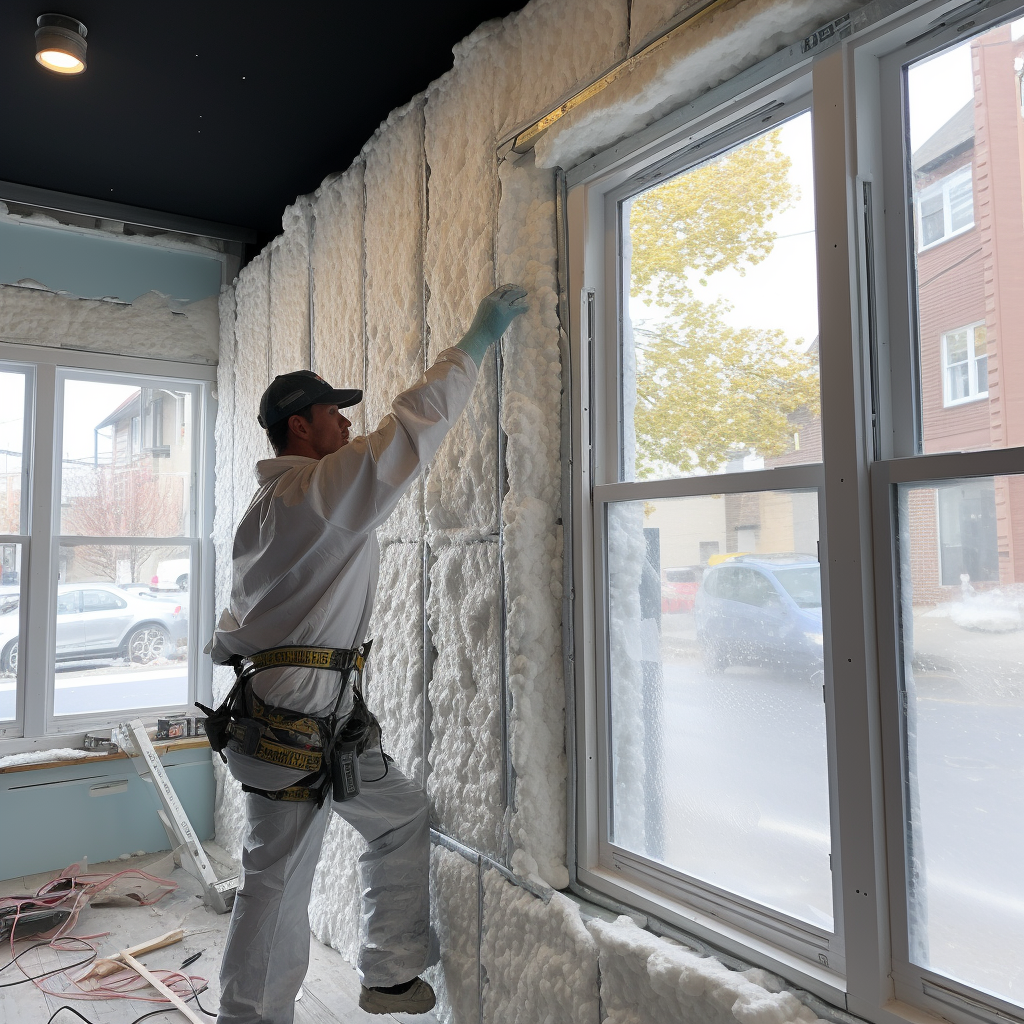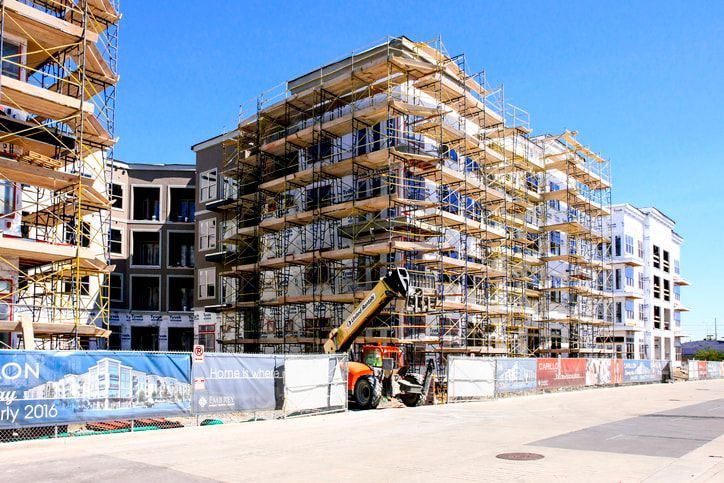Victoria, BC
LEADING EDGE INSULATION
Insulation Installs, Removal & Retrofits
Residential & Commercial
BOOK A FREE QUOTE
We will get back to you as soon as possible.
Please try again later.
Insulation Installation
Frequently Asked Questions
Got a question? We’re here to help.
-
Are There Any Dangers of DIY Insulation?
Yes. Though you might believe that it is cheaper to DIY, a lot of things can go wrong. This is especially so if you are dealing with asbestos insulation, fiberglass insulation, styrofoam insulation, and spray foam insulation. If you are installing fiberglass yourself, you can suffer from skin irritation and respiratory irritation. Ask yourself whether it is worth saving a few hundred dollars only to spend a thousand dollars in the hospital.
When tiny insulation fibers are accidentally inhaled, they will pass through your esophagus and cut your tissues and organs. Yes, it is that bad!
Other dangers of doing it yourself are:
- Fiberglass is carcinogenic, meaning it may cause cancer if handled inappropriately
- Installing the wrong material will be costly to replace and re-install in the long run
- Incorrectly mixed spray foam will make it ineffective
- If you miss a spot, your energy bills will not reduce
- Applying spray form too quickly will make it a fire hazard
-
Which Areas in My Home Leak Air?
Without the right technology, it may be impossible to know precisely where an air leak is located. However, due to experience, we are aware of the common culprits in a house. These are:
- Plumbing vent pipes
- Bath fan
- Ceiling fans
- Kitchen fan ducts
- Cavities on the cabinet
- Around the chimney flues and fireplace
- Bathtub drain pipes
-
How Much Do Foam Insulation Installers Near me Cost?
It is almost impossible to give a blanket figure because a lot of factors determine the final cost. Some of these factors are :
Amount of material required: This majorly depends on the size of the room to be insulated. For example, a 1200 square foot house will require more materials than a 500 square room. What is the size of your home? This question will determine the price.
Location of the property: How long will it take for the attic insulation company to arrive at your property. The longer the trip, the more the cost as the installer will charge you for this. This is one of the main reasons why we recommend you always choose a local company.
The time needed for the job: At the end of the day, you must remember that roof insulation contractors will charge you for their time. The bigger the house, the more labor-intensive it is, and the more the time it will take to seal it.
Type of Material to be installed: Several sealing materials in the market require special skill tools to install. The more the tools required, the more the cost.
As an example: Per average, most homeowners will be charged $1,000 – $3,000 per job. If it is blown-in, then expect a cost of $1,000 - $2,000. Fiberglass batts might cost you around $83 per hour.
*Cost shown subject to change without notice
-
Which is the Best Wall Sound Insulation?
The best sound dampening material will depend on its use. Do you require a sound dampening material for a music studio or for your private study? One great sound dampening material is the acoustic foam. It is attached to a wall panel but can also be hanged on the ceiling. It is best for use in control rooms or a recording studio.
Pro studio Acoustic Tiles: This material is best for reducing echos and reverberation. It can be used in theater rooms, gaming rooms and in professional studios.
Mineral Wool: Mineral wool is the best material for property owners looking for a product with thermal and acoustic properties. Another advantage of rockwool is that it is fire resistant as it can withstand temperatures of up to 2150°F.
Fiberglass Boards: Fiberglass is best for use in commercial buildings and home studios. They can also be used in recording rooms because they can tame high-frequency sounds.
After installing a sealant in your house and there is still audible external noise, then it is recommended that you have a soundproof window installed. Soundproof windows use spring-loaded frames to attach it just next to the standard window. This strategy is best for people who live in town centers or a busy market street.
-
What is R-value, and why is It So Important?
Insulation R-value is the value given to materials based on how resistant they are in its ability to conduct heat. This is important because the higher the R-value of a material, the better the insulating capability.
-
Is Floor Insulation Necessary?
Yes, there are several benefits of having your floor insulated. If you have an non-insulated wooden floor, moisture might creep from underneath, soaking the floor and damaging it. If you have a two-floor story house, having it insulated will prevent vibrations from moving between floors.
-
Should You Pour Concrete in an Non-Ventilated Room?
No. This is because concrete contains a lot of moisture, which may increase the vapor pressure in the building. As a result, your house will start to have water-related problems such as mildew and mold. To prevent this problem, always ensure that your home is correctly ventilated before applying concrete.
-
Different Types of Insulation Materials?
There are several types of insulation materials available, including fiberglass, cellulose, spray foam, and rigid foam. Each has its own advantages and suitability for specific applications. For instance, fiberglass batts are commonly used in walls and attics, while spray foam can seal and insulate in tight spaces.
-
Choosing the Right Insulation?
The best insulation for your home depends on your climate, the type of heating and cooling system you have, and the part of the house you're insulating. It's crucial to consider the R-value required for your area and the specific needs of your home, like moisture control.
-
How Do You Calculate R-value?
R-value is calculated based on the thickness of the insulation and its inherent properties. The higher the R-value, the greater the insulation's effectiveness. When adding insulation, it's important to ensure you're achieving the recommended R-value for your area.
-
How Do You Go About Insulating an Attic?
Proper attic insulation is crucial for preventing heat loss in the winter and keeping homes cool in the summer. It's essential to ensure there's a vapor barrier, maintain proper ventilation, and cover all gaps, joints, and other potential heat loss points.
-
Eco-friendly Insulation Options?
There are several environmentally friendly insulation options available, including sheep's wool, cotton, and recycled materials like denim. These options tend to have lower environmental impacts during production and can still provide effective insulation.
-
Insulating Around Recessed Lights?
Recessed lights can be a source of heat loss. When insulating around them, it's crucial to ensure they're IC-rated (insulation contact) to prevent fire hazards. Non-IC fixtures require a safe distance between the fixture and insulation.
FOR ALL YOUR INSULATION NEEDS
Victoria's Best All-Purpose Insulation Company
Check out our services below!
If you don't see the insulation service you are in need of, don't worry, get in contact with us and we will help!
Residential Retrofits & Renovations
Walls, Attics, Basements, Soundproofing, Fiberglass, Eco-Friendly, Energy Effecient
New Residential Construction
Air Barriers, Thermal Barriers, Air Leakage Testing, Radon Protection
Commercial Retrofits & Renovations
Fireproofing, Ductwork & Tank Insulation, Air Sealing, Insulated Paneling & Cladding
New Commercial Construction
Air Barrier Systems, Transition Membranes, Soundproofing, Specialty Coatings
OUR SERVICE AREA
INSULATION SERVICES FOR OUR NEIGHBOURS
VICTORIA
Downtown, Rock Bay, Burnside, Mayfair, Hillside, Central Park, Oaklands, Fernwood, Jubilee, Rockland, Fairfield, James Bay
OAK BAY
Gonzales, Uplands, Willows Beach, Windsor Park, South Oak Bay, North Oak Bay, Estevan
ESQUIMALT
Colville, Gorge Vale, Rockheights, Songhees, Vic West, West Bay
SAANICH
EAST SAANICH - Arbutus, Blenkinsop, Broadmead, Cadboro Bay, Camosun, Cedar Hill, Cordova Bay, Gordon Head, High Quadra, Lake Hill, Lambrick Park, Maplewood, Mt. Doug, Mt. Tolmie, Quadra, Queenswood, Sunnymead, Swan Lake, Ten Mile Point
WEST SAANICH - Beaver Lake, Elk Lake, Gateway, Glanford, Gorge, Granville, Interurban, Layritz, Marigold, Northridge, Portage Inlet, Prospect Lake, Royal Oak, Rudd Park, Strawberry Vale, Tillicum, West Saanich, Willis Point
CENTRAL SAANICH
Brentwood Bay, Hawthorne, Inlet, Island View, Keating, Martindale, Oldfield, Saanichton, Tanner, Turgoose
NORTH SAANICH
Ardmore, Cloake Hill, Dean Park, Deep Cove, Lands End, Pat Bay, Swartz Bay
VIEW ROYAL
Atkins, Burnside, Craigflower, Harbour, Helmcken, Hospital, Wilfert
THE HIGHLANDS
Durrance Lake, Thetis Lake, Willis Point
METCHOSIN
Happy Valley, Matheson Lake, Rocky Point, William Head
SOOKE
North Sooke, Saseenos, Milne’s Landing, Sunriver Estates, Sooke Town Centre, UpSooke, Broom Hill, Whiffin Spit, Otter Point, Kemp Lake, East Sooke, Beecher Bay
LANGFORD
Bear Mountain, Florence Lake, Florence Lake, Millstream, Thetis Heights, Glen Lake, Goldstream, Luxton, Ravenwood, Westhills
COLWOOD
Royal Bay, Triangle
SIDNEY
Sidney Northeast, Sidney Southeast, Sidney Northwest, Sidney Southwest
NANAIMO
Brechin Hill, Buttertubs, Cathers Lake, Cedar, Central Nanaimo, Chase River, Cilaire, Cinnabar Valley, Coal Tyee, College Heights, Decourcy Island, Departure Bay, Diver Lake, Downtown Nanaimo, Extension, Gabriola Island, Garner Crescent, Hammond Bay, Hawthrone, Hospital Area, Jingle-Pot West, Long Lake Heights, Lower Lantzville, Marlborough, Mudge Island, Nanaimo Country Club, Newcastle, Nob Hill, North Jinglepot, North Nanaimo, Northfield, Old City Nanaimo, Parkwood, Pleasant Valley, Protection Island, Quarterway, Rosehill, Rosewood, Ruxton Island, Sherwood Forest, South End, South Jinglepot, South Nanaimo, South Wellington, Stephenson Point, Thetis Island, University District, Uplands, Upper Lantzville, Valdes Island, Valley Oak Estates, Wellington, Westwood Lake
BOOK A FREE QUOTE
We will get back to you as soon as possible.
Please try again later.
All Rights Reserved | Web Design by Piiper Digital Solutions




